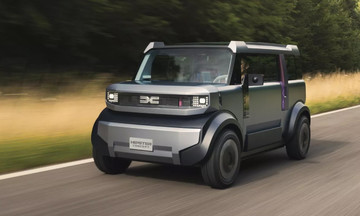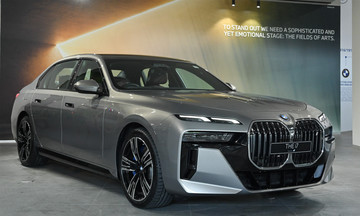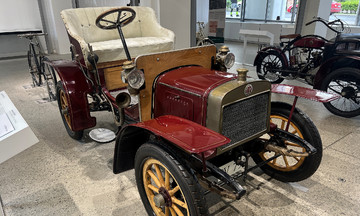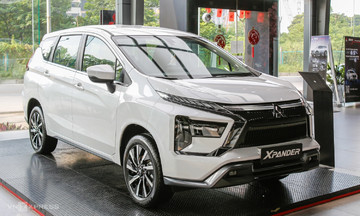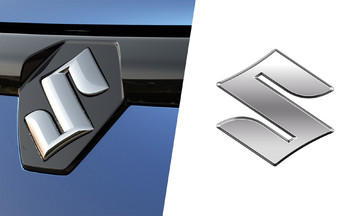AI-powered features are shaping how people interact with their cars. New research from J.D. Power reveals that while some of these features are embraced by consumers, others need refinement before they truly enhance the driving experience.
As part of its annual U.S. Tech Experience Index (TXI) Study, J.D. Power examined seven AI-powered technologies theoretically designed to improve driving. Among these, intelligent climate control systems, which automatically manage heating, ventilation, and air conditioning to balance comfort and efficiency, stand out as a clear success.
Which brands excel in technology?
The study compares automakers on their overall technology implementation. Genesis leads for the fifth year in a row, followed by Cadillac and Lincoln.
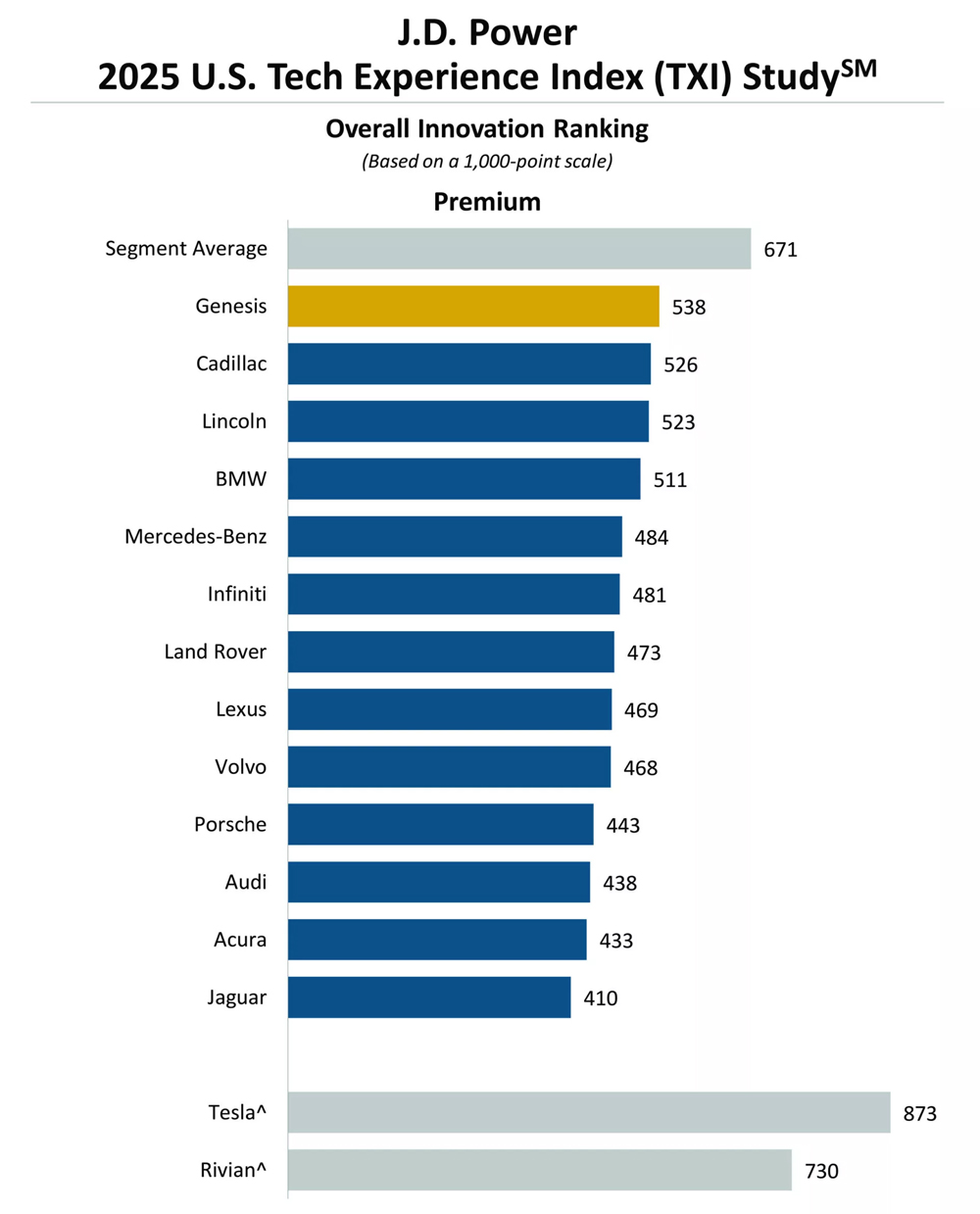 |
2025 Tech Experience Index Study ranking with Genesis leading the premium segment. Photo: J.D. Power |
2025 Tech Experience Index Study ranking with Genesis leading the premium segment. Photo: J.D. Power
The premium segment average was elevated to 671 by the inclusion of Tesla and Rivian, though both were excluded from the rankings for not meeting the study’s award criteria. Tesla achieved a remarkable score of 873, with Rivian second at 730, according to J.D. Power.
In the mass market, Hyundai ranked highest in innovation (leading for the sixth consecutive year), followed by Kia and Mitsubishi, outperforming GMC, Mini, and Toyota.
Stellantis brands like Jeep, Ram, and Chrysler ranked at the bottom, while Jaguar held the lowest position among premium brands.
Smarter and more comfortable
The study found that owners using these systems reported 6.3 fewer problems per 100 vehicles (PP100) than before, a significant improvement. Broader studies corroborate this, noting that intelligent climate control is now improving both vehicle quality scores and overall customer satisfaction.
Other AI-based systems, such as intelligent ignition and driver-selectable modes, also show promise. In-car shopping and payment systems are gaining traction, with 62% of owners expressing interest. The most popular applications are paying for fuel, tolls, parking, or electric vehicle charging. Previous designs struggled with cumbersome menus and limited apps.
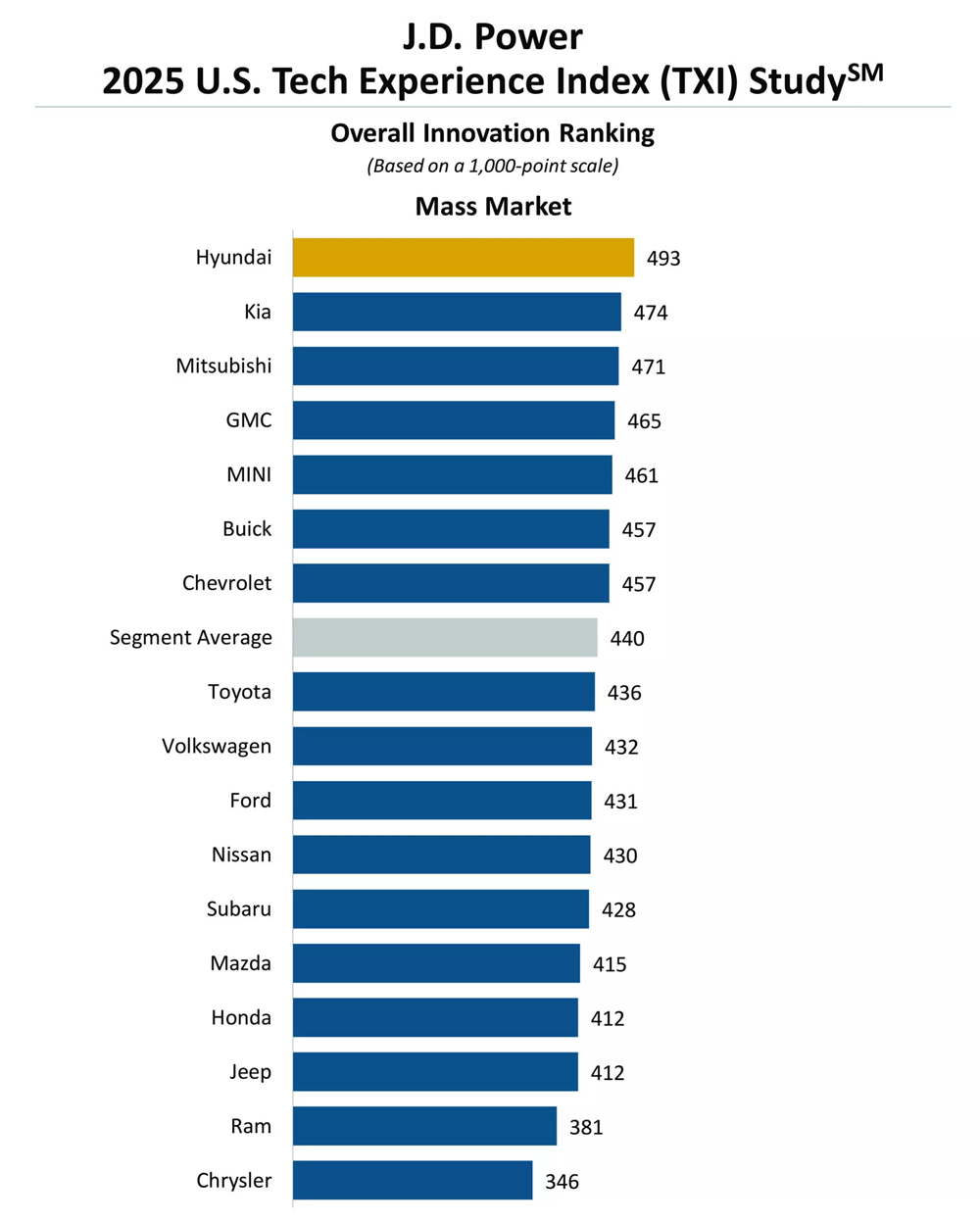 |
2025 Tech Experience Index Study ranking with Hyundai leading the mass-market segment. Photo: J.D. Power |
2025 Tech Experience Index Study ranking with Hyundai leading the mass-market segment. Photo: J.D. Power
According to the study, the next generation can succeed if automakers focus on streamlined shopping directly integrated with the driving experience.
Blind spot cameras are among the highest-rated technologies, with 93% of drivers reporting regular use and 74% wanting them in their next vehicle. Models equipped with blind spot cameras also tend to sell better than those without, highlighting the technology’s value.
Features that fall short
J.D. Power concluded that car wash modes, increasingly common on the market, still have room for improvement. These modes automatically prepare a vehicle for washing, but the mode is often buried within the infotainment system, and 38% of owners reported needing better instructions on how to use it.
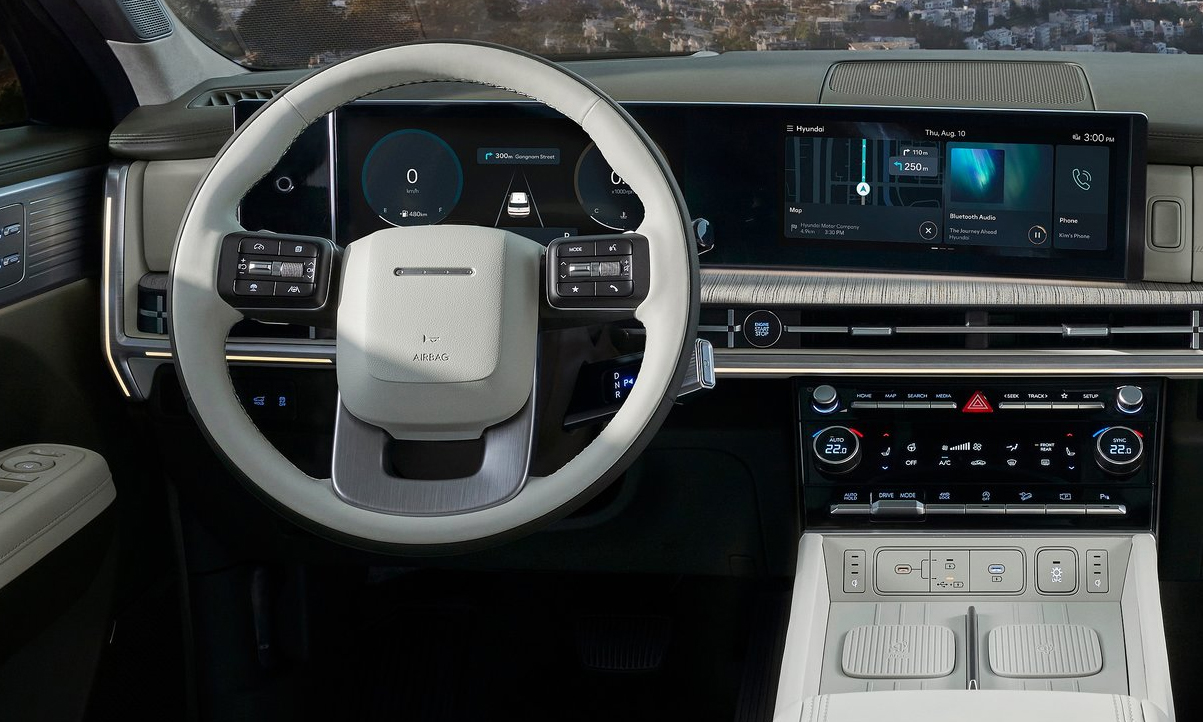 |
The Hyundai Santa Fe is praised for its connectivity features, phone-based digital key, and driver-assistance systems including blind spot monitoring cameras. Photo: Hyundai |
The Hyundai Santa Fe is praised for its connectivity features, phone-based digital key, and driver-assistance systems including blind spot monitoring cameras. Photo: Hyundai
Similarly, gesture recognition remains a pain point, with the highest problem rates in the study. Biometric authentication alone averaged over 29 problems per 100 vehicles, while touchless controls or hidden buttons and direct driver monitoring each had over 19.
“Smart technology should not only anticipate driver needs but also reduce workload and some of the struggles drivers experience with digital systems," said Kathleen Rizk, senior director of user experience and technology benchmarking at J.D. Power. "What matters most to vehicle owners—and therefore to automakers and suppliers—is how well the technology works and whether it enhances their driving experience.”
My Anh




